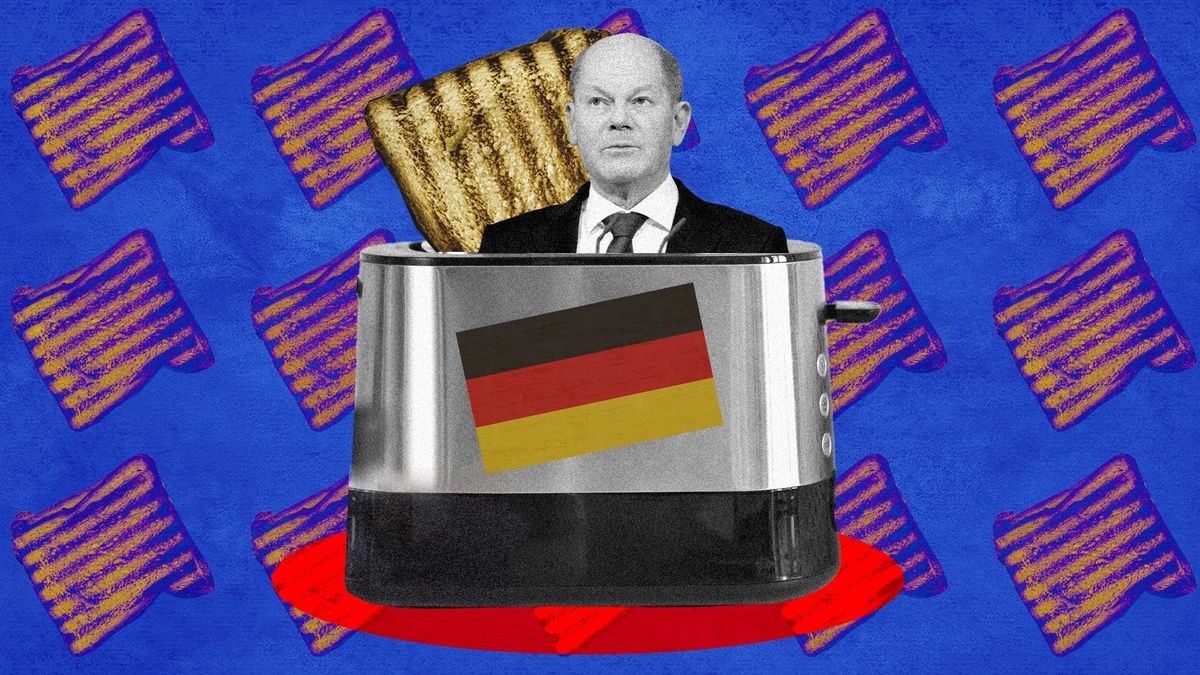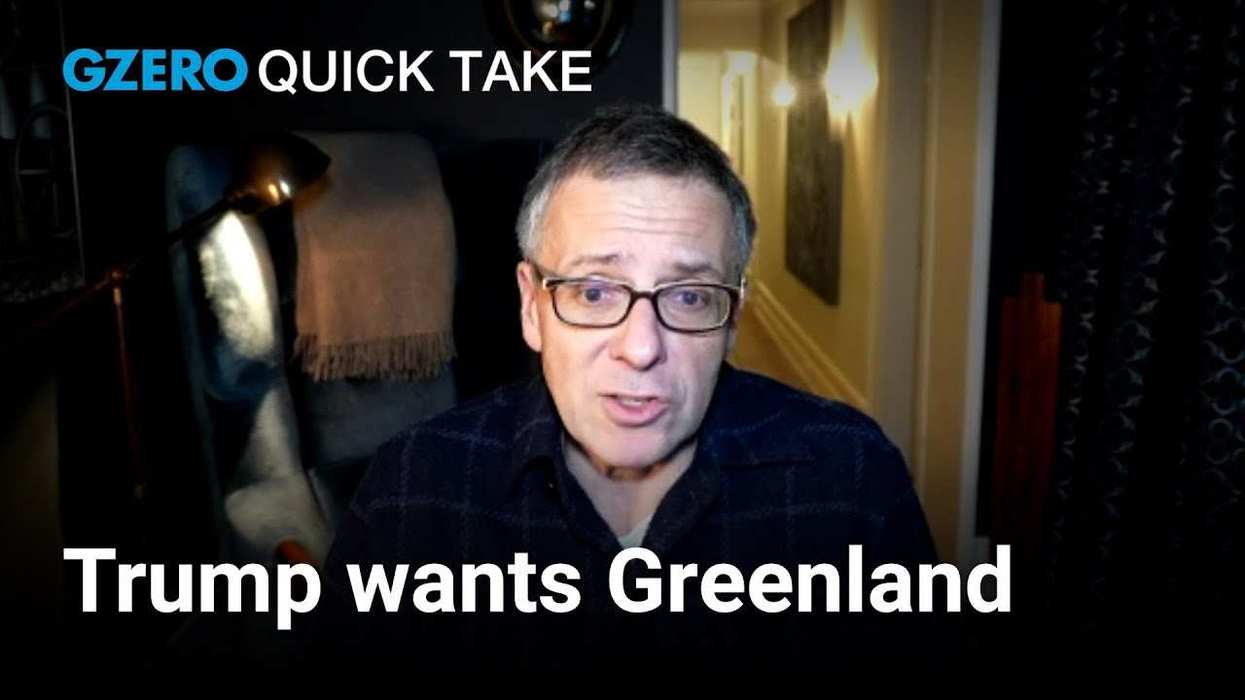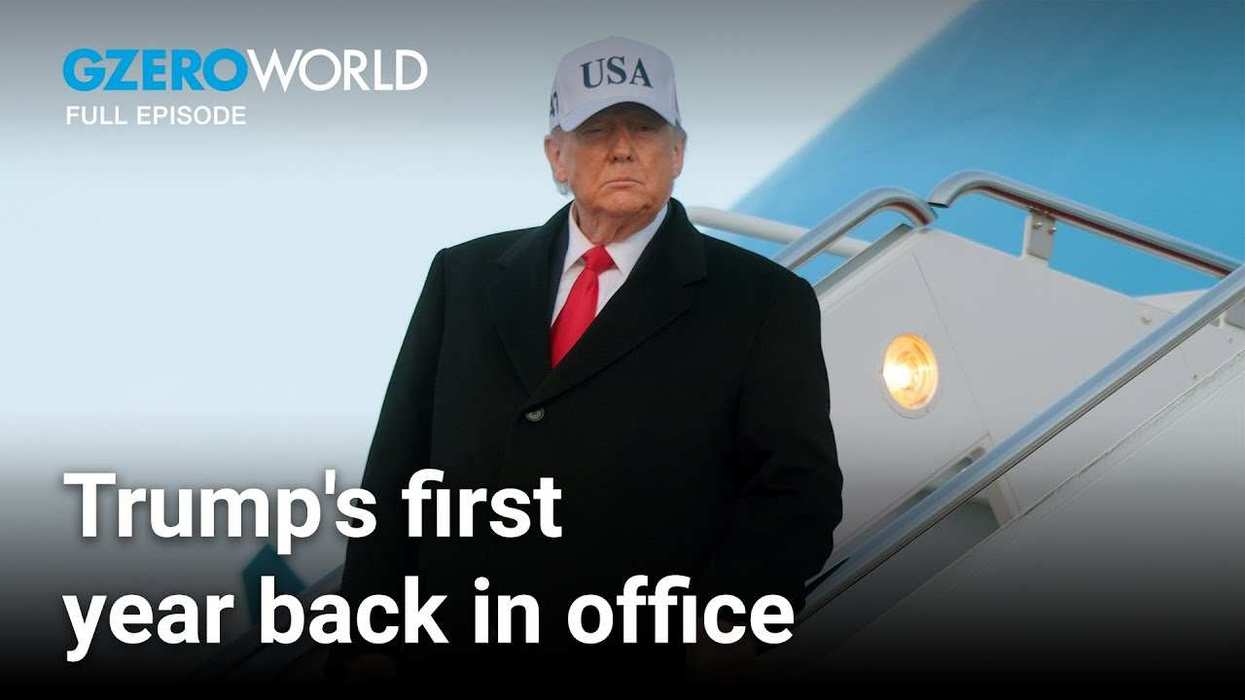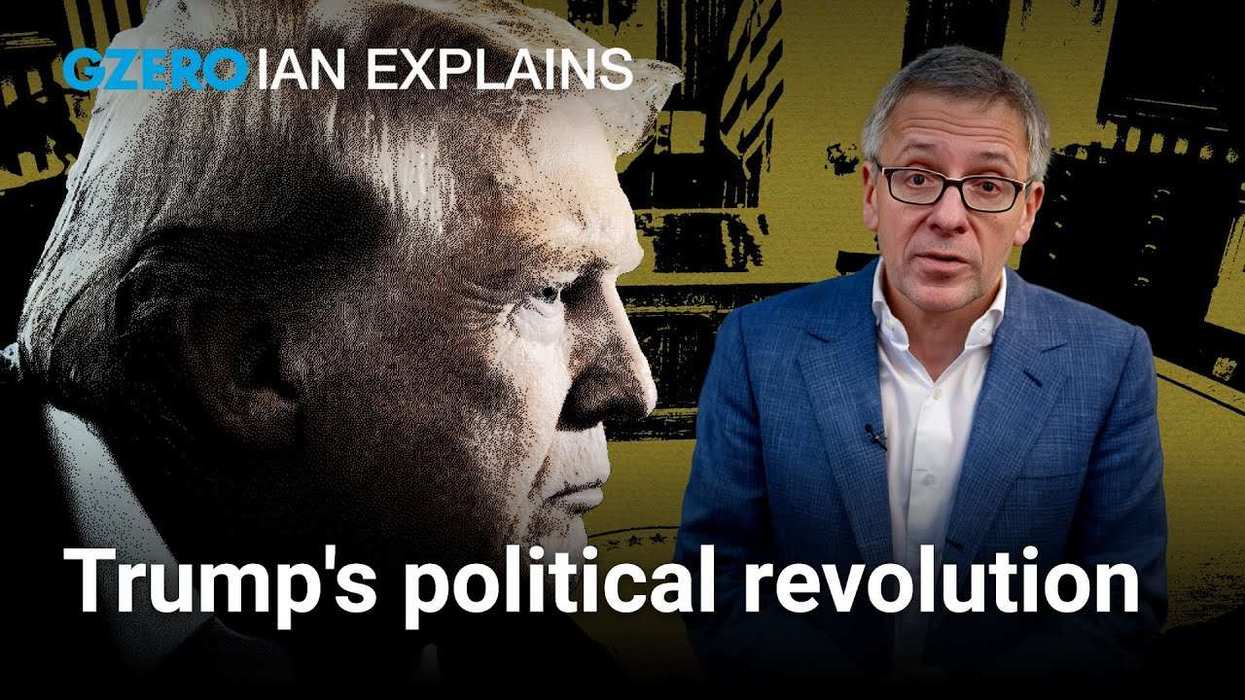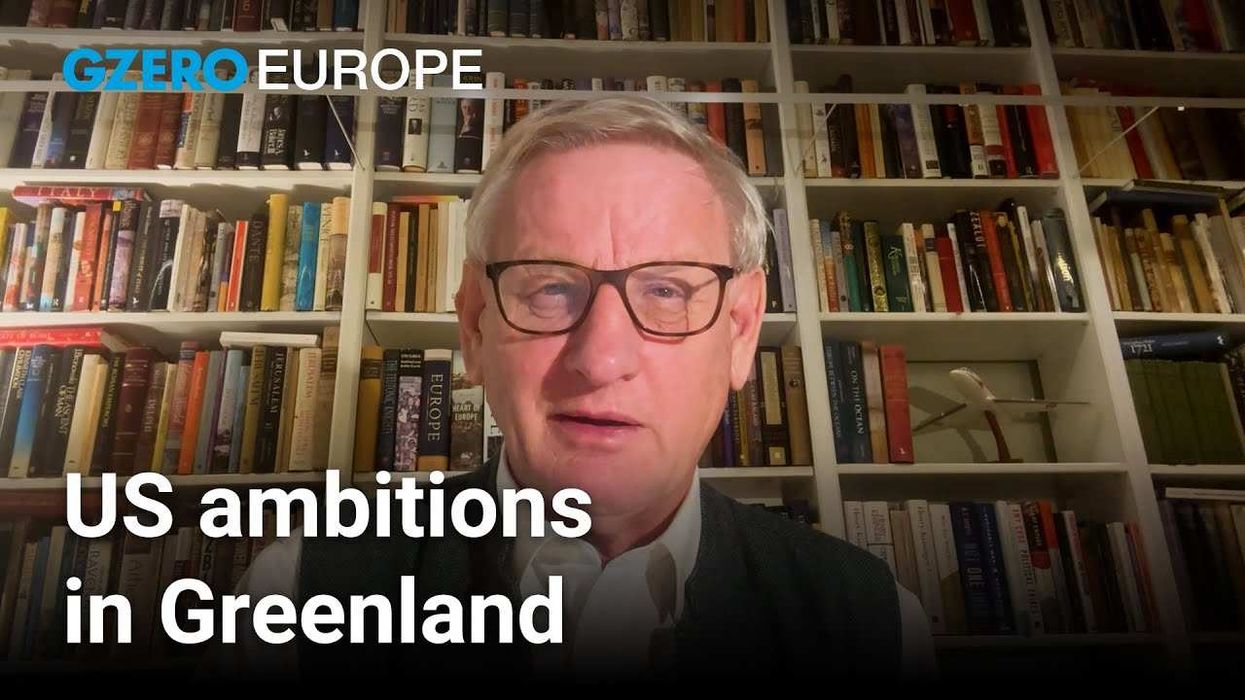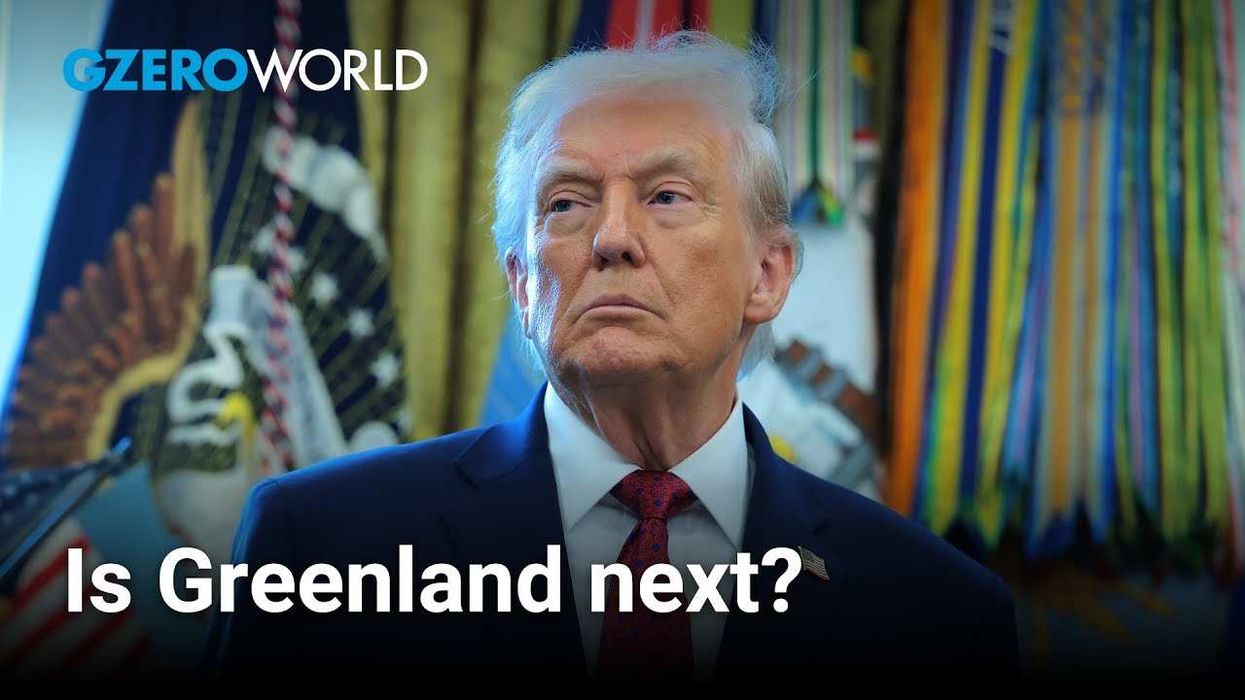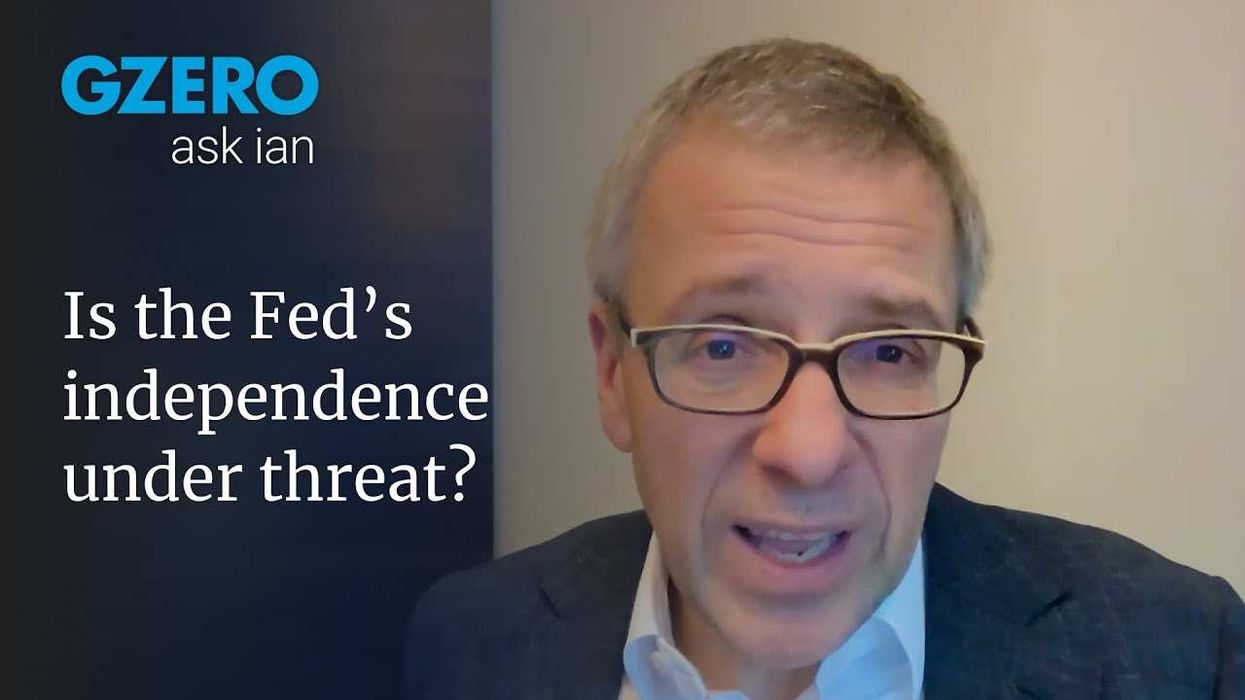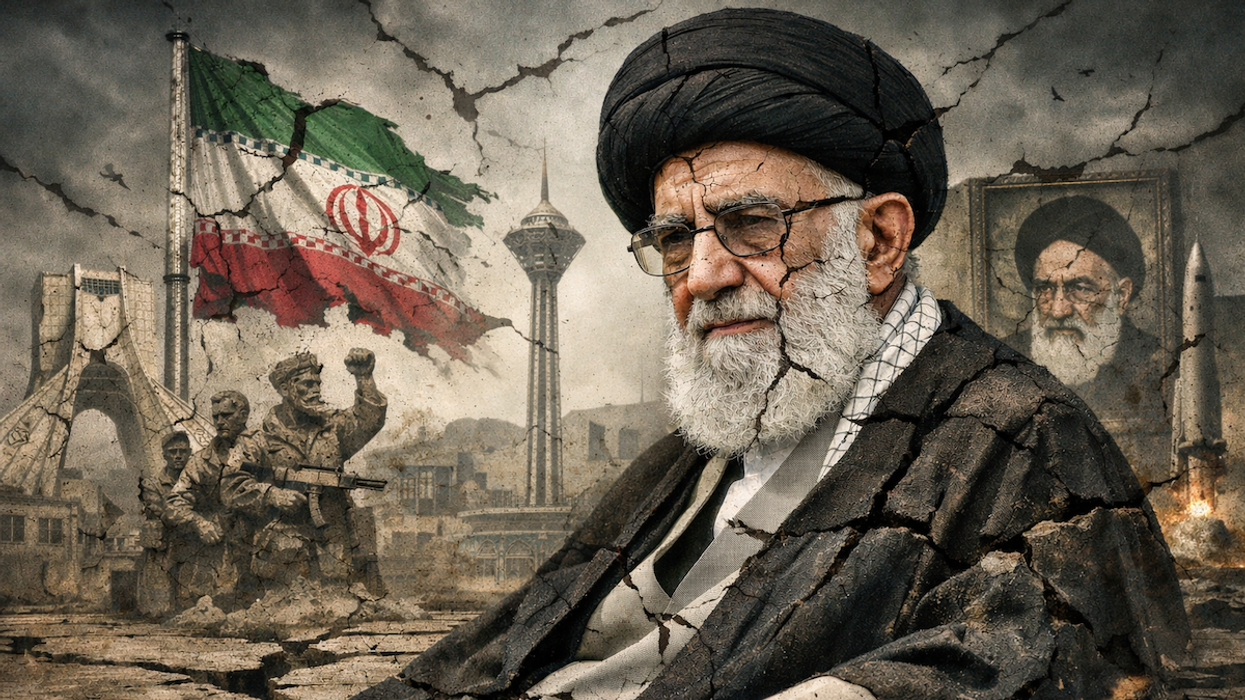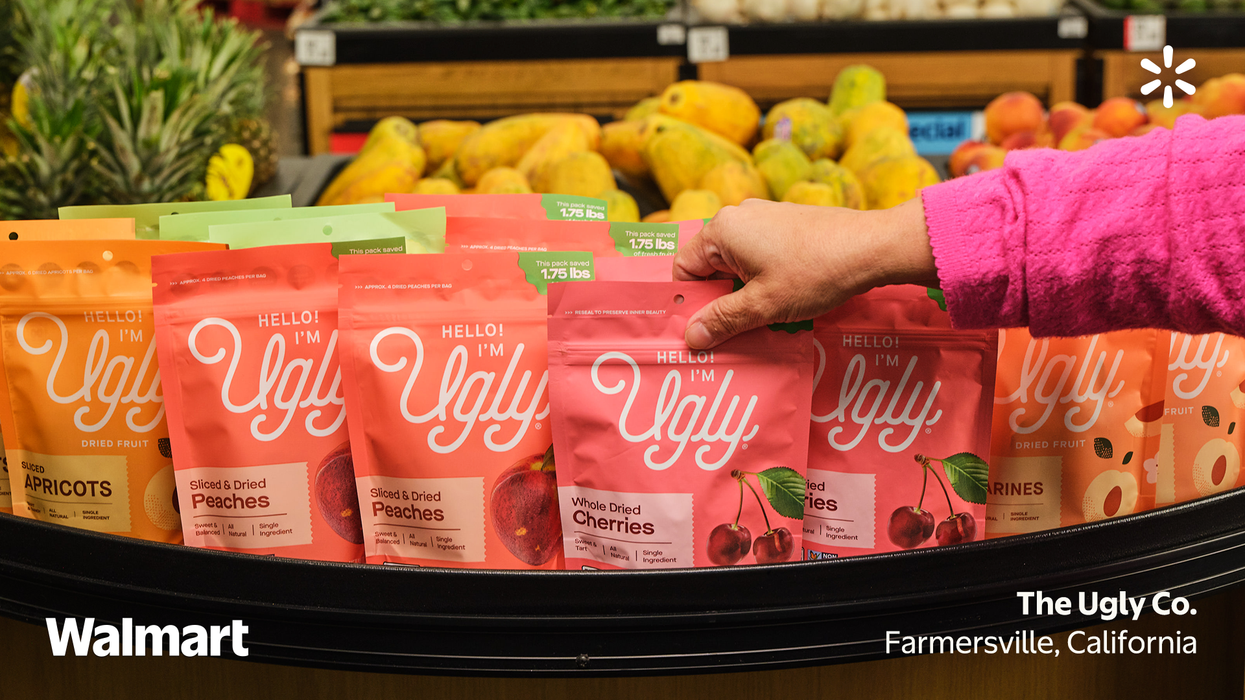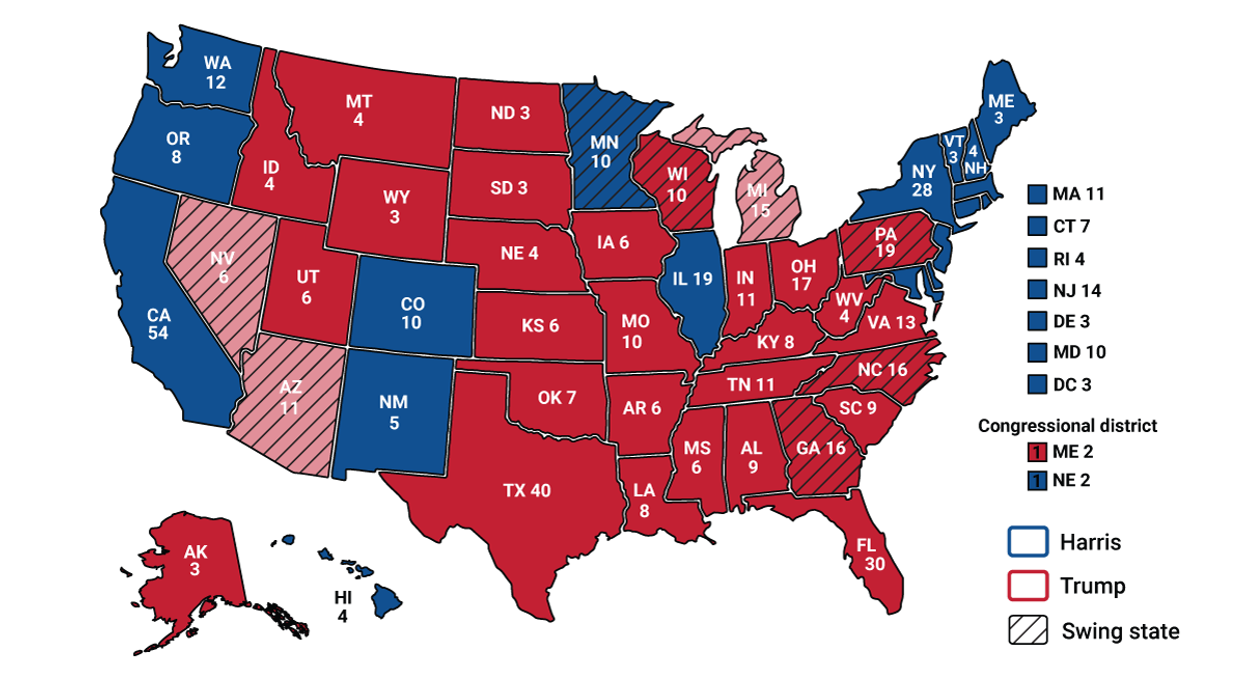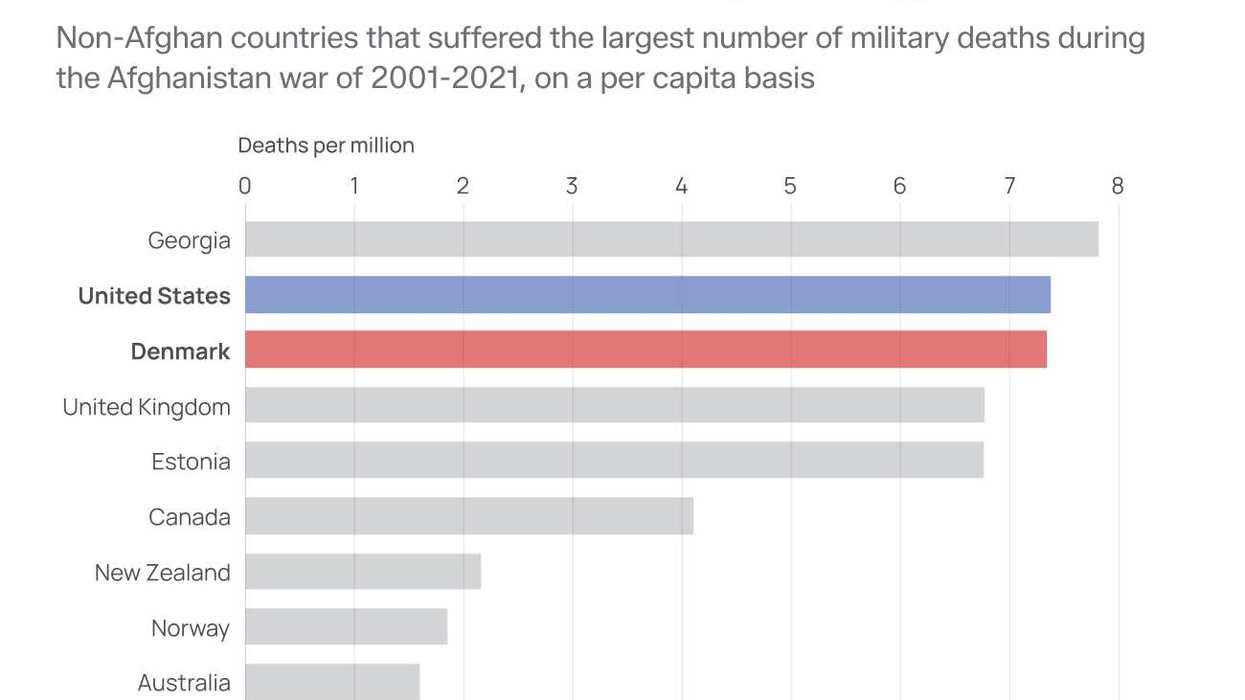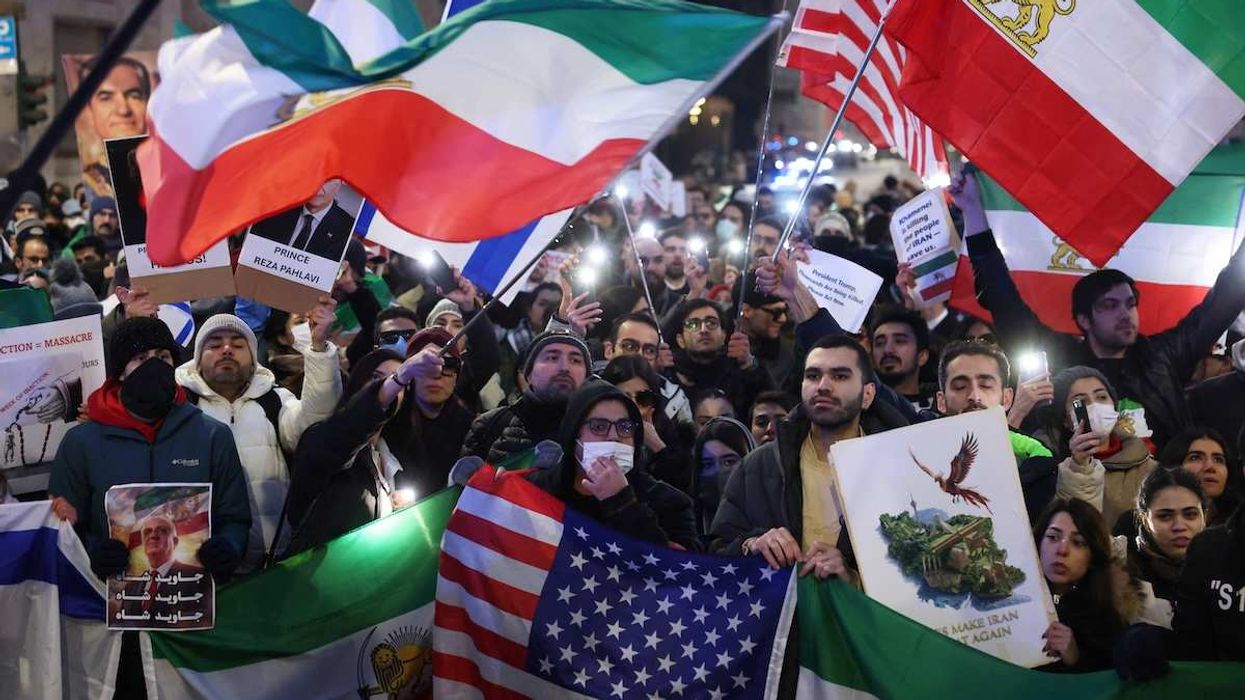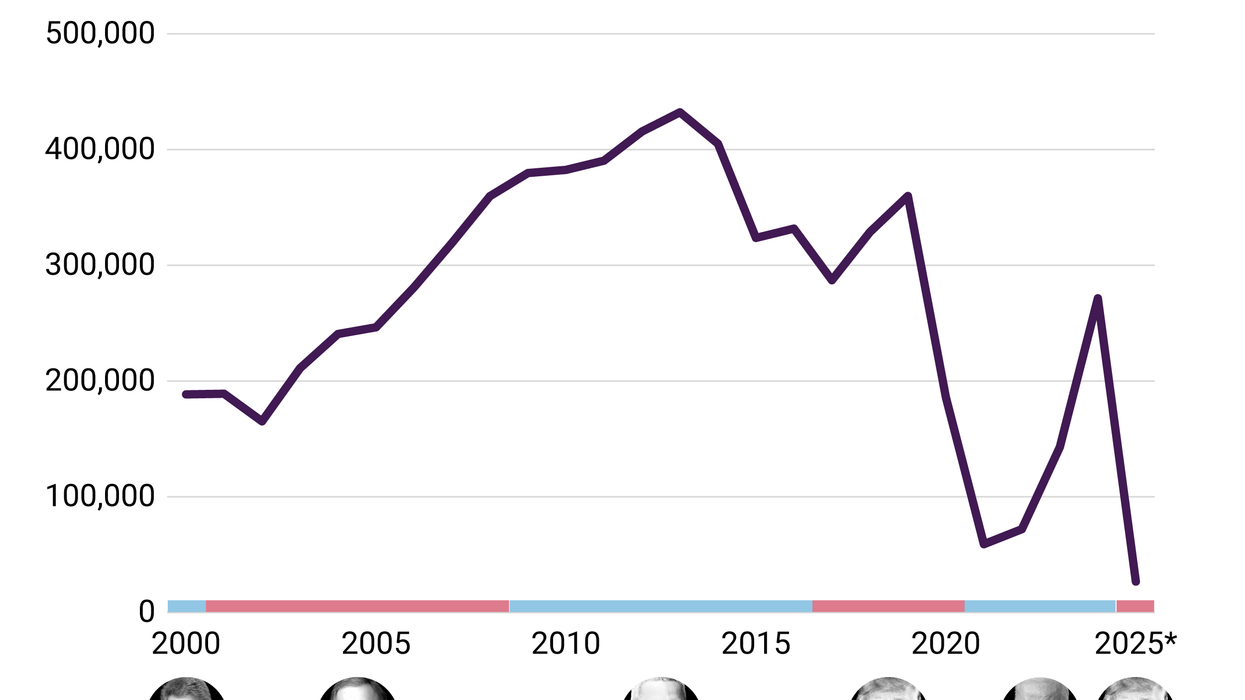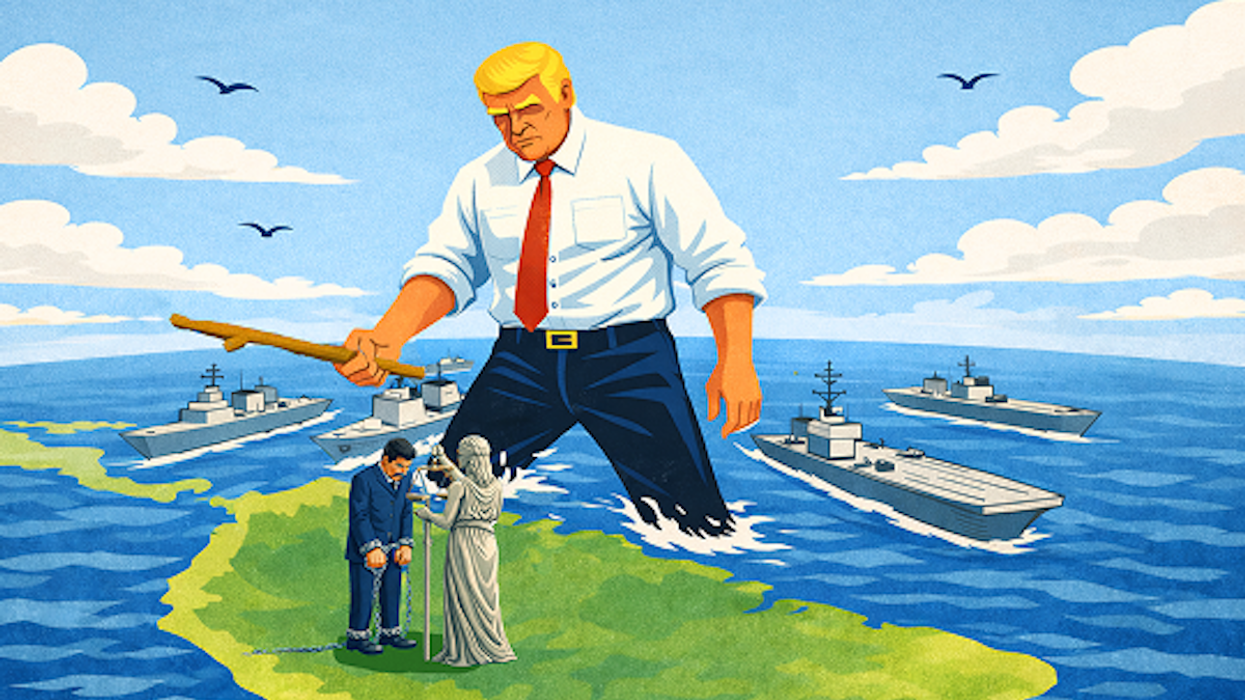When Olaf Scholz replaced Angela Merkel as Germany’s chancellor in 2021, hopes were high, in Germany and beyond, that a shift to new leadership might reinvigorate the nation at the heart of Europe. The remarkable Merkel had led her center-right Christian Democrats, her country, and the EU through a series of crises during her 16 years in power. Scholz rose to the top three years ago by casting himself as both a steady pair of hands in the Merkel mold but also as a center-left leader with a progressive view of Germany’s future. When Russia invaded Ukraine in February 2022, Scholz surprised many with the boldness of his response. The “new era” he declared in Germany’s attitude toward Russia and the countries still trapped in its shadow defied his image as a skilled bureaucrat without a strong public voice or vision.
But as Chancellor Scholz prepares to visit Washington this weekend, he faces a rising tide of criticism back home. The German public mood has grown darker over the past year, mainly because the economy is limping, and inflation has taken a bite out of both consumers and industry. Workers are angry. Business leaders are frustrated. And the coalition Scholz formed to win power – an increasingly uneasy partnership of establishment socialists, ambitious Greens, and the fiscally hawkish, pro-business FDP – is wearing badly.
The poll numbers speak for themselves. In January, the government’s approval rating hit 17%, a record low. Scholz’s personal popularity hovered at 19%, the lowest mark for any chancellor in a quarter century. Finance Minister Christian Lindner (FDP) and Economics Minister Robert Habeck (Greens) aren’t faring much better. Recent polls show the current three-party coalition’s expected vote total has dropped from a combined 52% in 2021 to just 32%. By itself, Scholz’s SPD is attracting just 15% support.
The center-right opposition, the CDU-CSU alliance, now leads the polls with 30%-34% of support. But Friedrich Merz, Angela Merkel’s successor as CDU chairman, isn’t much more popular than Scholz. Instead, it’s the far-right Alternative for Germany party, or AfD, that’s making headlines. Noisy recent protests in dozens of German cities make clear that the popularity of the AfD’s increasingly radical, openly xenophobic, anti-European, and pro-Russian platform has its limits, and all other parties now represented in parliament have pledged never to partner with them. But nationwide polls show the AfD’s support has grown from just 10.3% at the 2021 election to between 19% and 22% today.
The state of play
Now come the elections. First, the SPD expects a beating in June’s European Parliament elections and a humiliation this fall in eastern German states considered strongholds of the populist right. Germany’s next national elections (for the Bundestag, parliament’s lower house) must be held no later than Oct. 26, 2025, and will most likely occur in September next year.
Perhaps Scholz’s biggest challenge will be managing his increasingly unwieldy coalition with the Greens and FDP through this gauntlet of political tests. Much of Scholz’s weak image comes down to open public criticism from his own finance minister, the FDP’s Lindner, who has accused Scholz of creating a dysfunctional welfare state. The Greens, unsympathetic to Scholz’s need to carefully manage the country’s energy transition as Germany moved to halt hydrocarbon energy imports from Russia, have accused Scholz of being soft on the fight against climate change. The Greens’ insistence on shutting down the last of Germany’s nuclear power plants last year made matters worse.
And if the SPD takes the expected beatdown in European elections in June, some within the SPD may begin pushing for a change in party leadership to rescue its chances of survival in power.
What might save Scholz?
Scholz and his coalition smell like toast. But 19 months is a long time, and much will happen between now and the next national elections in fall 2025. A return of Donald Trump to power and/or shifts on the battlefield in Ukraine could offer Scholz opportunities to rally Germans to their flag – and, by extension, to the incumbent government.
Scholz’s best hope lies not in some newfound strength or a new harmony within his coalition. It’s the weakness of others that might still save him. In particular, the establishment center-right CDU/CSU faces its own tough challenge. While offering a vision of a stronger and more self-confident Germany, the party must distance itself from the AfD, which remains anathema to many German voters, and Merz may not be the man for the job. He has already pandered to AfD voters with comments about Muslims, migrants, homosexuals, and the Green Party that were ham-handed at best and deeply offensive to many Germans, and he’s not immune to an internal party leadership challenge either.
The longer-term challenge
The biggest challenge for the SPD in coming years will be similar to the one faced by center-left parties across Europe: Voters are drifting away in all directions. Some of the party’s working-class voters have moved from blue- to white-collar jobs and now see their interests differently than they did a decade ago. Others have moved to the right in the face of rising numbers of foreign migrants. Many younger voters are moving toward the Greens or even to the populist left Sahra Wagenknecht Alliance, which represents a mix of welfare state generosity and sharp limits on immigration. The SPD has seen its party membership rolls cut nearly in half since the year 2000.
It’s a complex problem for even a skilled political leader, and Olaf Scholz has yet to prove he’s up to the task.
